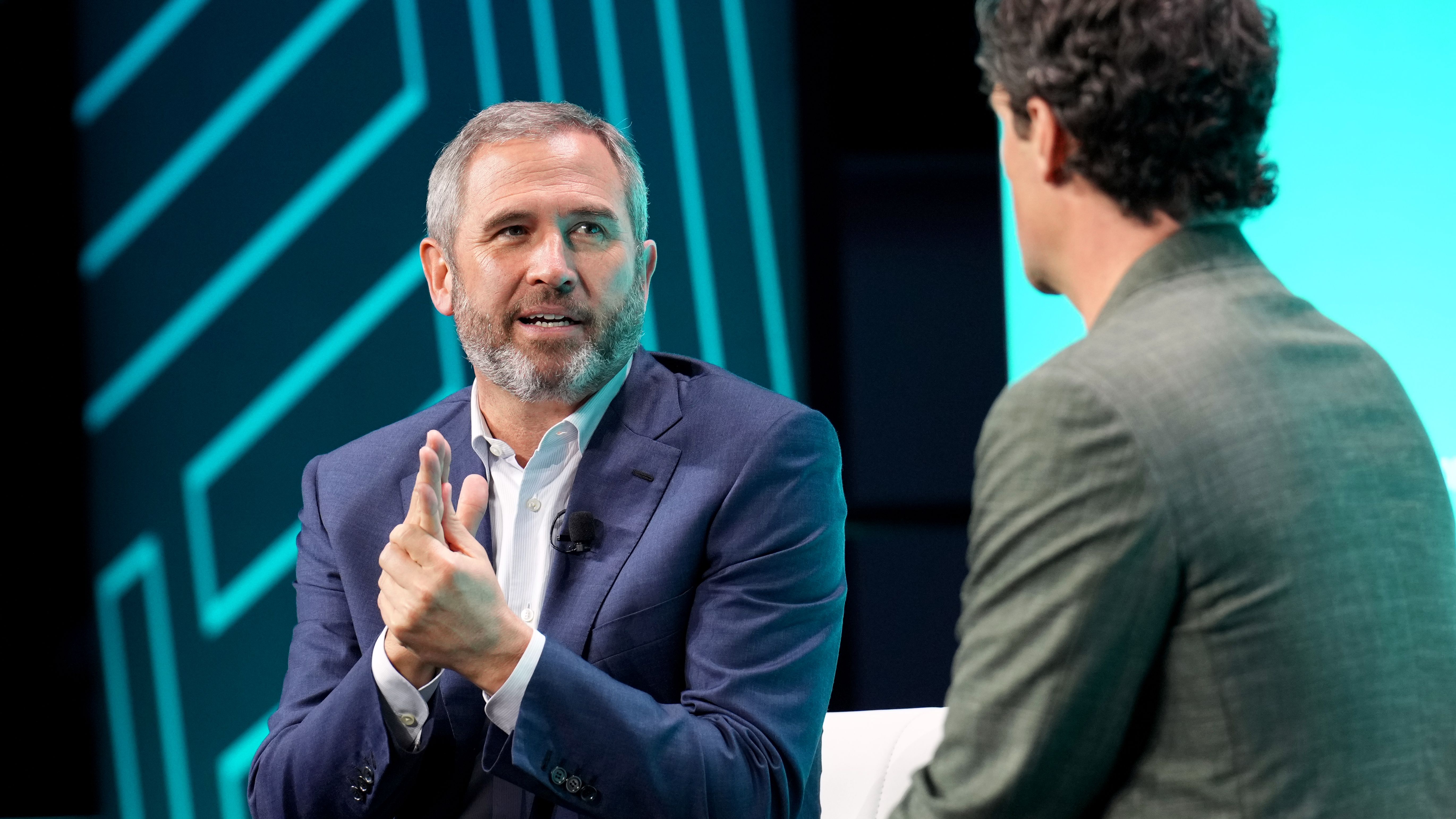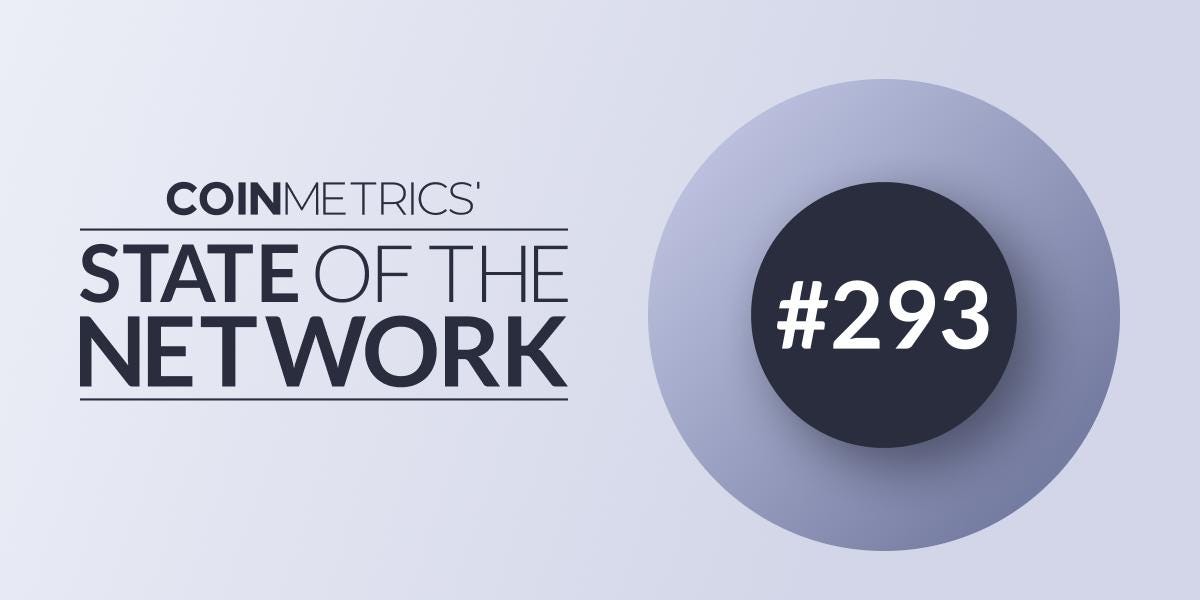When is a CBDC not a CBDC? When it’s a backdoor CBDC according to a number of leading banks. Banks are now concerned about the USDC stablecoin becoming a “backdoor” CBDC.
A backdoor CBDC unlike a synthetic CBDC is one where a stablecoin ends up being collateralised by reserves which are held by a central bank, but without having an account with the central bank.
Banks don’t like USDC
This is achieved using an intermediary, which in Circle’s case is Blackrock. Blackrock has a money market fund which they created specifically for managing some of the collateral (roughly two-thirds) they hold on behalf of Circle.
This backdoor approach circumvents much of the regulatory challenges faced by any companies that wish to establish CBDCs. Were the Fed to approve this approach for Blackrock it would raise questions about how worthwhile it is to jump through all of the regulatory red tape for other types of CBDCs.
Synthetic CBDCs
Creating a synthetic CBDC as Fnality has done, is far from trivial due to the sheer number of regulatory hurdles that have needed to be overcome. Our current financial regulation comes from a time preceding blockchains, as such one cannot understate the complexities involved with setting up a blockchain-based payment system in a manner that satisfies regulatory and central bank constraints.
It’s unlikely that any larger central banks will be willing to embrace public blockchain networks anytime soon. Access to the wholesale financial markets is ring-fenced and tightly regulated due to their systematic importance. This is why the idea of backdoor CBDCs is so interesting.
USDC versus retail CBDCs
USDC is effectively a retail (crypto) currency — it is provided by a commercial entity (Circle), can be held on deposit on a crypto exchange or wallet, and used for purchases and payments. It is not currently backed by central bank funds. Contrasting this with retail CBDC — based on current approaches being trialled by the Bank for International Settlements, it seems likely that any retail CBDC is likely to be issued by commercial banks to consumers, rather than a central bank directly, think J.P. Morgan or Citi dollars that live on a public blockchain.
The bank-issued retail CBDCs will have balances with a central bank that correspond to the amount of the retail CBDC they have in circulation. Whether this vision of retail CBDCs comes to fruition remains to be seen, but a bank issuing its own stablecoins seems reasonable in the medium term. It will likely come down to regulation to dictate what funds are needed to carry out this activity.
If the corresponding funds need to be on account with a central bank, it will effectively be a retail CBDC. However, they may end up simply tokenising some of their existing deposits à la our existing fractional reserve banking system, except that the funds being lent are instead a bank-issued stablecoin.
With this in mind, regardless of whether stablecoins such as USDC or deposit-backed/retail CBDCs become the digital currency of choice for Web3, they are all likely to come with issuer risk. A regulated commercial bank is likely to have more hoops to jump through than Circle to issue a stablecoin, but should any issuer fail, retail holders will still be left holding the bag. This is where no doubt the regulators will spend a lot of time working out the most appropriate framework to cater for such scenarios. No doubt Circle is going to have more work to do on this front going forward. Yet, it would be surprising if the Circle Reserve Fund was able to access the Fed’s RRP facility. It would be good for web3 and Circle, but bad for the banks.
However, considering what the potential end game looks like for retail digital currencies, it’s going to be impossible to eliminate issuer risk fully, but one would hope to see some sort of government guarantees such as those provided for funds in deposit accounts before we have any backdoor CBDCs.
Read More: blog.web3labs.com









 Bitcoin
Bitcoin  Ethereum
Ethereum  XRP
XRP  Tether
Tether  Solana
Solana  Dogecoin
Dogecoin  USDC
USDC  Cardano
Cardano  Lido Staked Ether
Lido Staked Ether  TRON
TRON  Avalanche
Avalanche  Sui
Sui  Wrapped stETH
Wrapped stETH  Chainlink
Chainlink  Toncoin
Toncoin  Stellar
Stellar  Shiba Inu
Shiba Inu  Wrapped Bitcoin
Wrapped Bitcoin  Hedera
Hedera  Polkadot
Polkadot  WETH
WETH  Bitcoin Cash
Bitcoin Cash  Uniswap
Uniswap  Pepe
Pepe  Hyperliquid
Hyperliquid  LEO Token
LEO Token  Litecoin
Litecoin  Wrapped eETH
Wrapped eETH  NEAR Protocol
NEAR Protocol  Aptos
Aptos  Ethena USDe
Ethena USDe  Internet Computer
Internet Computer  USDS
USDS  Aave
Aave  Render
Render  Mantle
Mantle  Cronos
Cronos  Bittensor
Bittensor  POL (ex-MATIC)
POL (ex-MATIC)  Ethereum Classic
Ethereum Classic  Artificial Superintelligence Alliance
Artificial Superintelligence Alliance  WhiteBIT Coin
WhiteBIT Coin  Virtuals Protocol
Virtuals Protocol  Arbitrum
Arbitrum  MANTRA
MANTRA  Tokenize Xchange
Tokenize Xchange  Monero
Monero